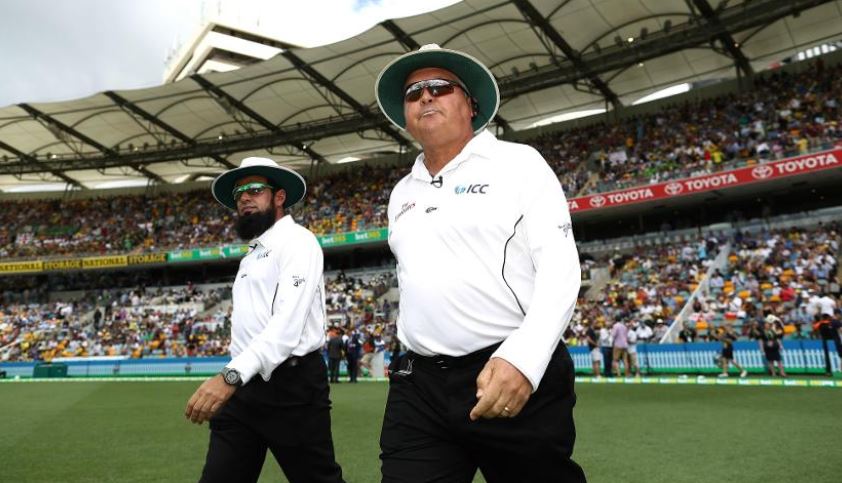On Wednesday, the Marylebone Cricket Club (MCC) – the responsible for Laws of Cricket – has announced to give more power to the umpires to decide whether a beamer delivery is deemed to be dangerous or not.

According to the present law of “Bowling of dangerous and unfair non-pitching deliveries”, that was published in October 2017, the law 41.7.1 stated, “Any delivery, which passes or would have passed, without pitching, above waist height of the striker standing upright at the popping crease, is to be deemed dangerous and unfair, whether or not it is likely to inflict physical injury on the striker. If the bowler bowls such a delivery the umpire shall immediately call and signal No ball. When the ball is dead, the umpire shall caution the bowler, indicating that this is a first and final warning. The umpire shall also inform the other umpire, the captain of the fielding side and the batsmen of what has occurred. This caution shall apply to that bowler throughout the innings.”

However, that law has been believed too harsh especially for the junior cricket and it has mostly got the negative reviews. In the new law, MCC wants to provide more flexibility to the umpires on the beamer call – whether it is dangerous for the batsman or not. The new rules are likely to be confirmed in January 2019 and will come into effect from April 1, 2019.
In their recent statement on Wednesday, MCC said, “Since its introduction, feedback has been received which suggests strongly that the new sanctions were overly severe (especially to younger bowlers). In many cases, Governing Bodies introduced their own playing conditions that rendered the new Law irrelevant.
“In response to this feedback, the Laws sub-committee has reviewed Law 41.7 and – with the support of the Cricket committee, World Cricket committee and MCC Committee – agreed that it should be adjusted, with effect from 1st April 2019, to allow umpires to make a more subjective decision over which deliveries are dangerous.
“As is already the case with short-pitched bowling, the umpire will now decide whether a full-pitched delivery is dangerous, based on various factors such as the speed or direction of the ball, repeated delivery of full tosses and the ability of the batsman.
“There is no longer a ‘catch-all’ sanction, but umpires are instead required to use their best judgement to determine whether a delivery is dangerous. If it is dangerous, it will lead to a first and final warning. If not, it will still be a No ball, but there will be no warning.”
